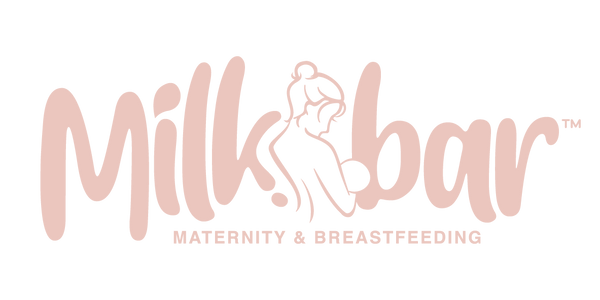
Navigating the Waves: A Guide to 10 Pain Relief Options During Childbirth
Share
Bringing a new life into the world is a profound and beautiful journey, but it often comes with its fair share of challenges. Among them, the pain associated with childbirth is a topic that concerns many expectant mothers. Fortunately, the realm of pain relief options during labor has expanded over the years, offering women a range of choices to tailor their birthing experience. In this blog, we will explore various pain relief options available during childbirth, providing insight and empowerment for expecting mothers.
-
Natural Techniques: Embracing natural pain relief methods can be empowering and comforting. Techniques such as breathing exercises, meditation, and visualization can help shift focus away from pain, promoting relaxation and calmness. Additionally, movement and changing positions, like walking or swaying, can aid in the progression of labor and alleviate discomfort.
-
Hydrotherapy: Immersing yourself in water, either through a warm bath or a birthing pool, is a popular and effective pain relief option. The buoyancy of water can ease the pressure on the body, promoting relaxation and reducing the intensity of contractions. Many birthing centers and hospitals offer hydrotherapy as a part of their birthing suites.
-
Massage and Counterpressure: The power of touch should not be underestimated. Massage and counterpressure applied by a birthing partner or a doula can provide significant relief. Focused pressure on areas of tension, such as the lower back or shoulders, can help alleviate discomfort. Gentle touch releases endorphins, the body's natural pain relievers, providing a sense of calm during labor.
-
Acupressure and Reflexology: Derived from traditional Chinese medicine, acupressure involves applying pressure to specific points on the body to alleviate pain. Reflexology focuses on pressure points in the hands and feet. Both techniques can be beneficial during labor, offering natural pain relief through the stimulation of energy pathways in the body.
-
Hypnosis and Hypnotherapy: Harnessing the power of the mind, hypnosis and hypnotherapy are becoming increasingly popular as pain management tools during childbirth. Through guided relaxation and visualization, these techniques aim to reduce anxiety and promote a positive mindset, helping women navigate the challenges of labor with a greater sense of control.
-
Inhaled Nitrous Oxide: A relatively recent addition to pain relief options, inhaled nitrous oxide (laughing gas) provides a mild and temporary reduction in pain and anxiety. It is self-administered, allowing women to control the timing and dosage. Nitrous oxide is considered safe for both mother and baby and is available in some hospitals and birthing centers.
-
Epidural Analgesia: One of the most well-known medical interventions for pain relief during labor is epidural analgesia. Administered by an anesthesiologist, an epidural involves injecting a local anesthetic into the epidural space of the spine. This results in a temporary loss of sensation from the waist down, effectively blocking pain signals. Epidurals are highly effective in providing substantial pain relief, but they do come with potential side effects and considerations that should be discussed with healthcare providers.
- Combined Spinal-Epidural (CSE): Combining elements of both natural and medical pain relief, the CSE technique involves a spinal injection followed by the placement of an epidural catheter. This approach allows for quicker pain relief through the spinal injection while maintaining the continuous relief provided by the epidural. CSE provides a more flexible and adjustable pain management option during labor.
-
Systemic Medications: Systemic medications, such as opioids, can be administered through an IV to provide temporary relief from pain. While they don't completely eliminate pain, they can take the edge off and offer some respite. It's essential to discuss the potential side effects and impact on the baby with healthcare providers.
-
TENS (Transcutaneous Electrical Nerve Stimulation): TENS involves the use of a small, battery-operated device that delivers mild electrical impulses to specific nerve pathways. This non-invasive method can help reduce the perception of pain by stimulating the release of endorphins. TENS units are portable and allow for movement during labor.
The journey of childbirth is unique for every woman, and the choice of pain relief options is a deeply personal decision. By exploring various techniques and discussing preferences with healthcare providers, expecting mothers can make informed choices that align with their birthing goals.
Whether opting for natural methods, medical interventions, or a combination, the ultimate goal is to create a supportive and empowering environment that honors the mother's experience and ensures the safety and well-being of both mother and baby.
As always, open communication with healthcare providers and birthing professionals is crucial in crafting a personalized and positive childbirth experience. Embrace the options available, navigate the waves with resilience, and welcome the miracle of new life.
